- Annapurna Region
- Mountaineering Expeditions
- Nepal
- Nepal Climbing and Expeditions
- Peak Climbing
- Trekking / Hiking
DOUBLE PEAK EXPEDITION
(Mera Peak via (Amphu Laptsa) Island peak Climbing)
Trip Overview
Mera Peak and Island Peak Climbing is an elite climbing adventure that takes you to the summit of two of Nepal’s most popular trekking peaks. It is a challenging high-altitude journey that takes you across the dramatic river valleys in the Khumbu Region. Walk across thick jungles, picturesque Sherpa villages, rhododendron forests, and high suspension bridges. Traverse high mountain passes, glaciers, and stunning mountain lakes. To reach the twin summits, you navigate dangerous crevasses and climb steep ice walls. Enjoy close up views of 8000 and 7000-meter peaks.
You begin your journey from Kathmandu with flight to Lukla, the ‘Gateway to Everest.’ You walk across the wild and uninhabited Hinku valley to Mera Peak Base Camp. This part of the trail lies off-the-beaten-path and trekkers rarely visit this area. Enjoy walking in solitude while taking in the pristine views of the forest and snow-covered peaks. You spend a night camping at Mera High Camp before making the final summit push to Mera Peak. The summit of Mera Peak is the highest point of your trip.
After your summit, you push ahead and cross the Hongu Valley. En route is the challenging and difficult crossing of Amphu Laptsa pass. This is one of the most dangerous mountain passes in the Himalayas. Technical climbing skills are required to cross this pass. Using fixed ropes, jumar and harness you climb up the ice shelves and cross the ridge. The steep descent over a rocky slope is challenging even for seasoned climbers.
Walking across the Imja Glacier, you reach the Island Peak Base Camp. Island Peak, which is locally known as Imja Tse, was named by Eric Shipton as it looks like a frozen island rising above the Imja Valley. From the base camp, we attempt to reach the summit of Island Peak via a straightforward route. There are crevasses en route where we use ladders to get across. The last section of the climb involves using a fixed rope to climb up an ice wall to reach the summit. Surrounded by the giants of the Himalayas, it feels awesome to stand on the top. It is a grueling but satisfying descent to Chukkung.
You return to Lukla via the Dudh Koshi valley. The stops at the Sherpa villages of Pangboche, Namche, and Lukla will give you an insight into the Sherpa lifestyle and culture. During your journey, you will be staying at teahouses and tented camps. While camping the local crew will prepare nutritious and healthy meals for you.
The best seasons for Mera and Island Peak Climbing 23 – 24 days are spring and autumn. The weather remains stable and clear most of the time during these seasons which makes climbing easy. It is also possible to take this trip during early winter if you are not very concerned about the extreme cold.
This is a challenging adventure which people with experience of high altitude trekking and hiking can do. A high degree of physical fitness and endurance level is a must. The previous climbing experience though not required, will be helpful. Novice climbers will be taught basic climbing skills at the pre-climb training camp. An experienced climbing and trekking crew led by a Sherpa climbing guide with more than two decades of experience will help you achieve your goal. Safety procedures will be strictly followed. All permits are included in the package.
Highlights of Mera and Island Peak Climbing
- Climb two of the finest Treking Peaks in Khumbu region; Mera Peak and Island Peak
- Crossing Amphu Labtsa Pass is a challenging and beautiful expereince
- Trekking in the remote Hinku and Khumbu valley
- Excellent Trekking and Climbing experience in the Himalaya of Nepal.
- Enhance and test your mountaineering skills with this challenging expereicne
- Well set up support and logistics at camps during the camping period
- Trek and climb with our certified and experienced Sherpa Climbing Guides
Itinerary Outline
Day 01 Arrive in Kathmandu (1,400m/4,593ft) and Transfer to hotel
Day 02 Trip preparation in Kathmandu
Day 03 Fly to Lukla and trek to Paiya (2,730m/8,956ft)
Day 04 Trek to Panggom (2,846/9,337ft) 6-7 hours trek
Day 05 Trek to Ramailo Danda (3,276m/10,748ft) 5-6 hours trek
Day 06 Trek to Chhatra Khola (2,800m/9,186ft) 4-5 hours trek
Day 07 Trek to Kothe (3,691m/12,109ft) 6-7 hours trek
Day 08 Trek to Thaknak (4,358m/14,297ft) 3-4 hours trek
Day 09 Trek to Khare (5,045m/16,486ft) 2-3 hours
Day 10 Acclimatization Day in Khare and Pre-Climb Training
Day 11 Trek to Mera High Camp (5,780m/18,958ft) 5-6 hours trek
Day 12 Summit Mera Peak (6,461m/21,1907ft) and trek to Kongma Dingma (4850m/ 15,912ft)
Day 13 Rest Day at Kongma Dingma (4850m/ 15,912ft)
Day 14 Trek to Seto Pokhari (5035m/16,520ft)
Day 15 Trek to Amphu Lapcha Base Camp South (5,650m/18,538ft) 5-6 hours trek
Day 16 Cross Amphu Lapcha (5,845m/19,177 ft) and trek to Island Peak Base Camp 5,200m/17,061ft 9 hours trek
Day 17 Rest day at Island Peak Base Camp (5,200m/17,061ft)
Day 18 Summit Island Peak (6,189m/20,306ft) and trek to Chukkung (4,730m/15,519ft)
Day 19 Trek to Pangboche (3930m) – 5 hours trek
Day 20 Trek to Namche (3,438m/11,280ft) 7-8 hours trek
Day 21 Trek to Lukla (2,800m/9,187ft) 6-7 hours trek
Day 22 Fly to Kathmandu (1,400m/4,593ft)
Day 23 Final Departure from Kathmandu
Package details: $3,600
| DEPARTURE/RETURN LOCATION | Kathmandu | ||||||||||||||||||
| JOIN GROUP | 1 before departure from Kathmandu | ||||||||||||||||||
| SERVICE INCLUDES |
|
||||||||||||||||||
| SERVICE EXCLUDES |
|
Arrive in Kathmandu (1,400m/4,593ft) and Transfer to hotel
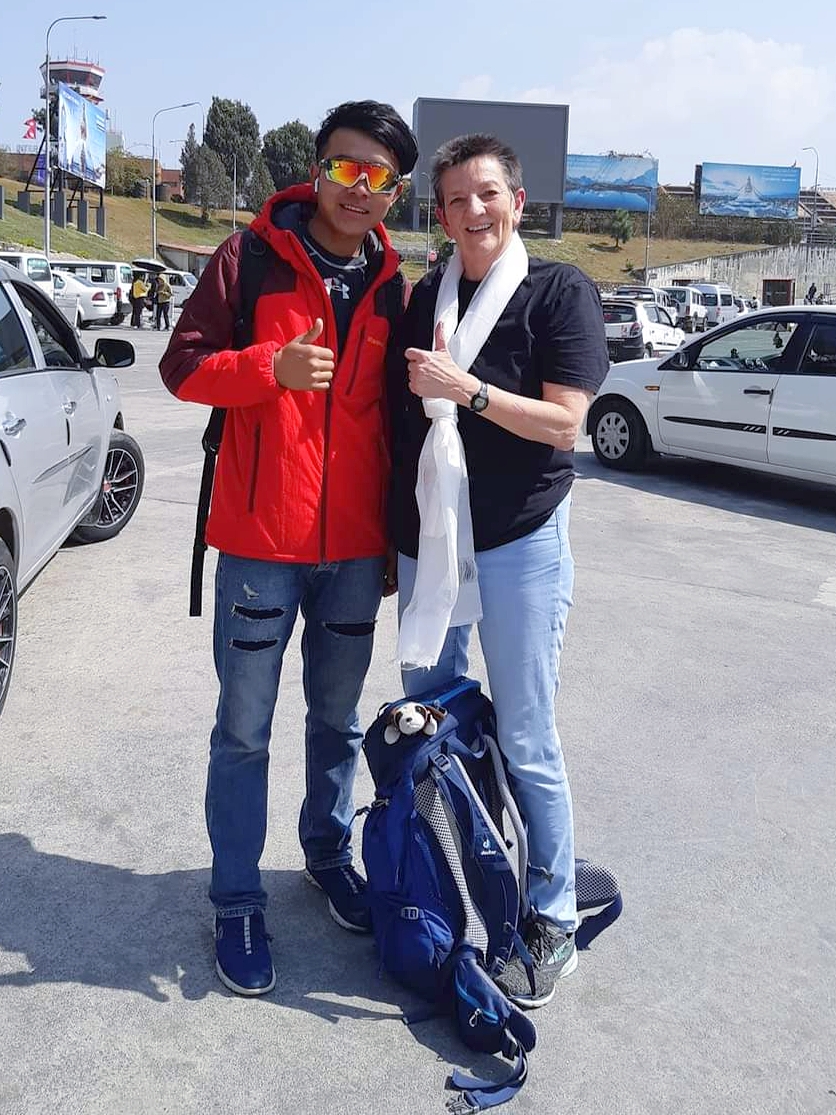 Once you arrive in Kathmandu, our representative will meet you at the airport and drive you to your hotel. Check-in and take a rest.
Once you arrive in Kathmandu, our representative will meet you at the airport and drive you to your hotel. Check-in and take a rest.
Overnight at a hotel in Kathmandu.
Trip preparation in Kathmandu
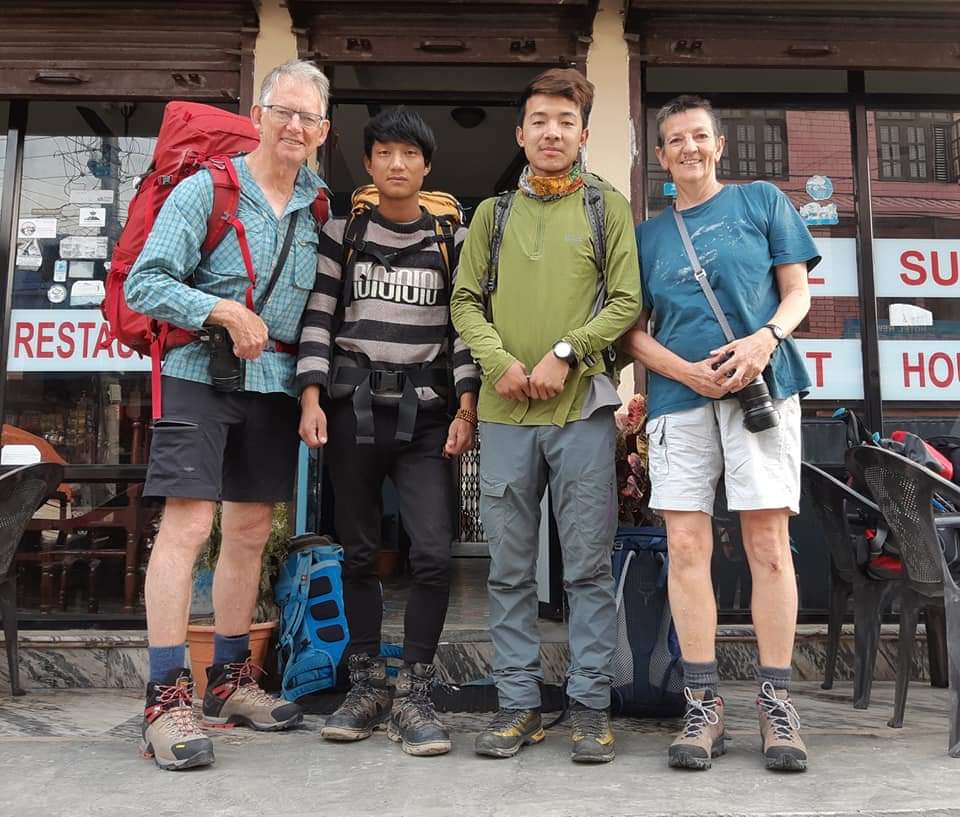 You will meet your guide today and he will brief you on your upcoming climb. He will share some important tips and inform you about the condition of the route. There will be a final gear and equipment check after the briefing.
You will meet your guide today and he will brief you on your upcoming climb. He will share some important tips and inform you about the condition of the route. There will be a final gear and equipment check after the briefing.
Over-night at a hotel in Kathmandu.
Fly to Lukla and trek to Paiya (2,730m/8,956ft)
Flight Duration: 35 minutes, Walking Distance: 5-6 km
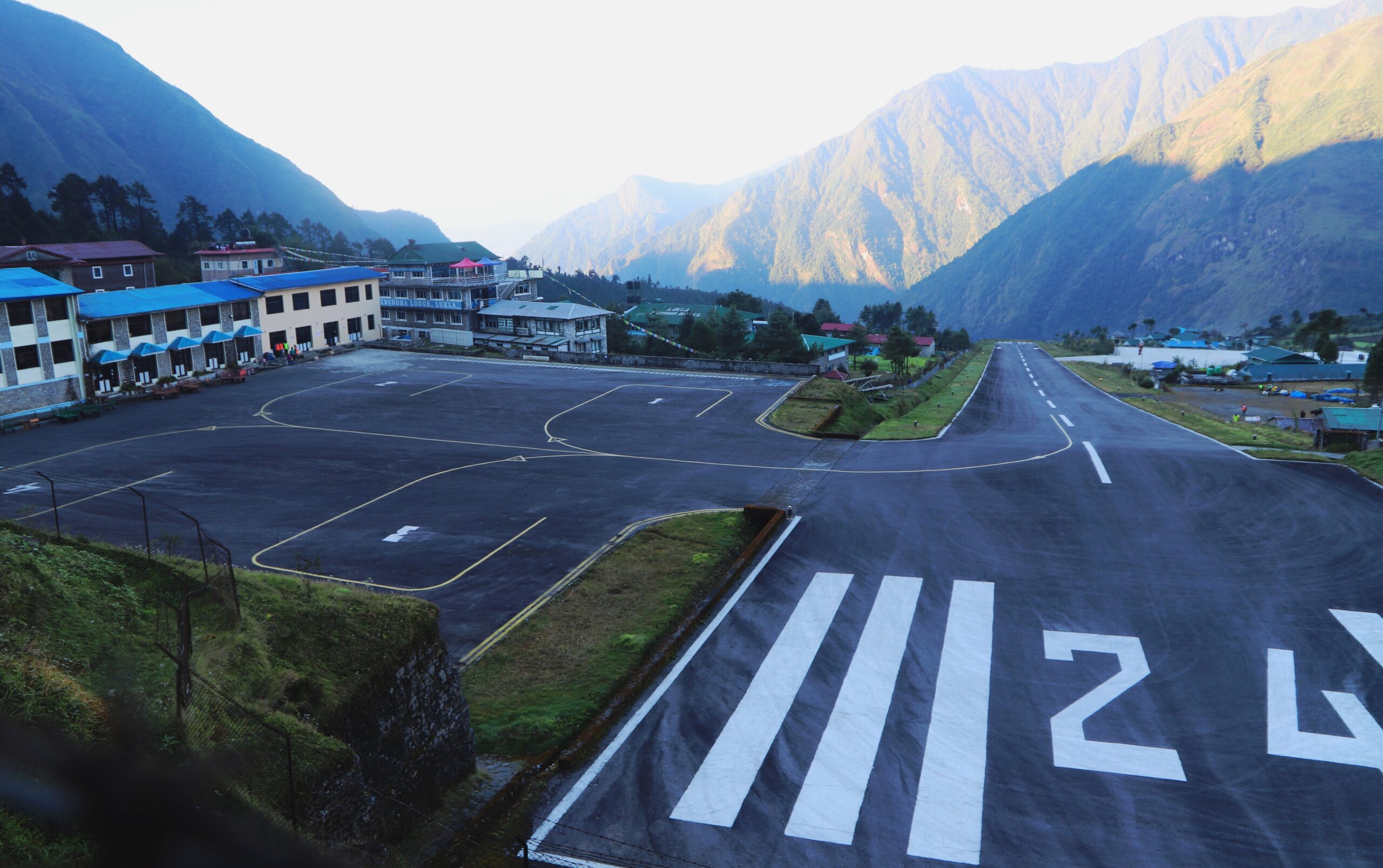
If you are lucky you will get a seat on the first flight to Lukla which flies directly from Kathmandu.
It is a thrilling experience to fly to Lukla, set amid high mountains and cliffs. Once you reach Lukla, you will meet the rest of the crew and head to Paiya. Take the trail to the south and head down to Surkey Village. From the village, the trail goes upwards to Chutok La. A short descent from the pass brings you to Paiya, a small settlement, and the first overnight stop.
Over-night at a tea house in Paiya.
Trek to Panggom (2,846/9,337ft) 6-7 hours trek
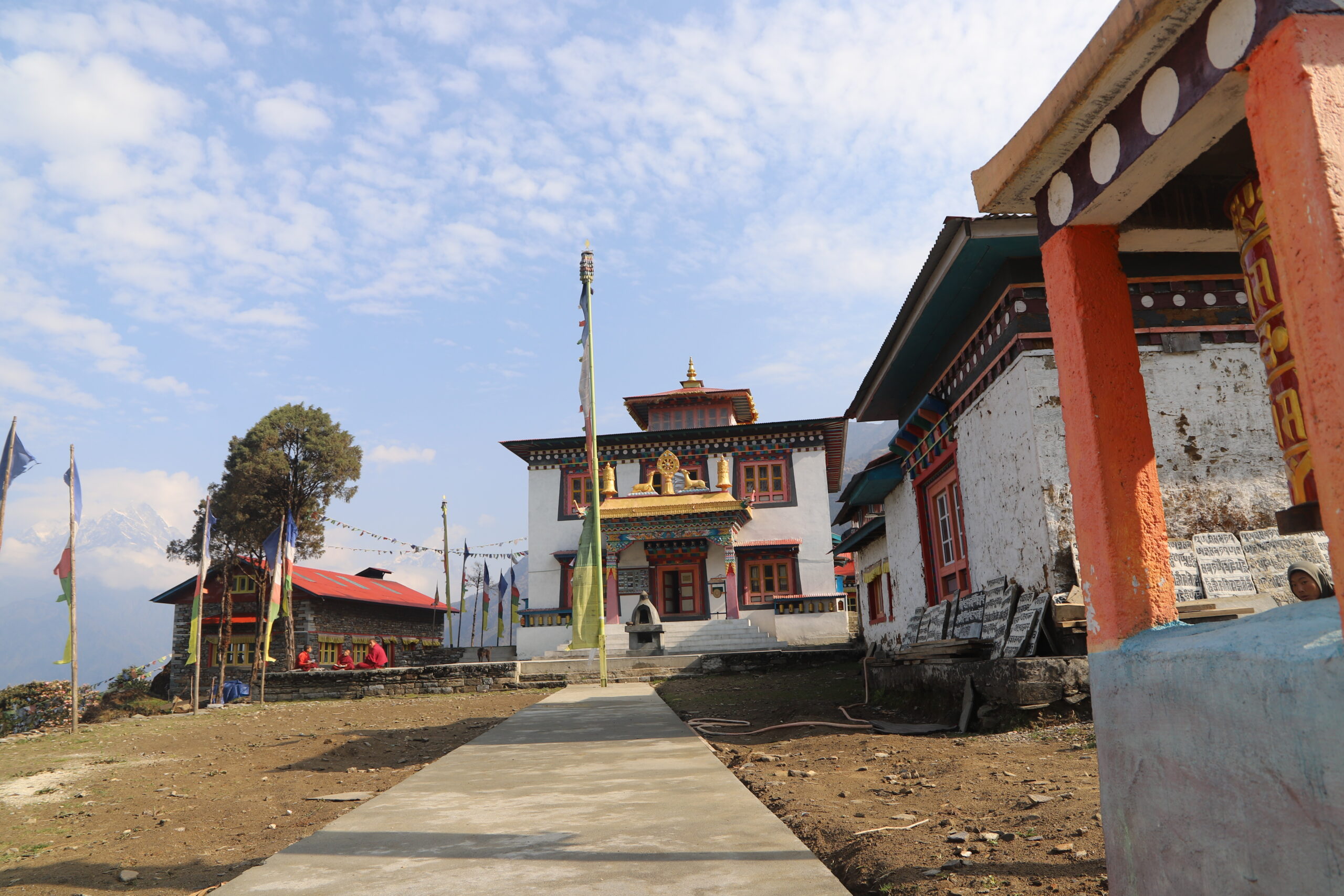
After having Himalayas break- fast , Walk past terraced fields, farms, and a lush forest. Cross the Paiya Khola, a small river, and climb up a mountain pass, Khari La. The trail follows an up and down route. Hike through thick rhododendron and bamboo forest and arrive at the picturesque Sherpa settlement of Panggom. Head to a teahouse and rest your tired legs.
Over-night at a teahouse in Panggom.
Trek to Ramailo Danda (3,276m/10,748ft) 5-6 hours trek
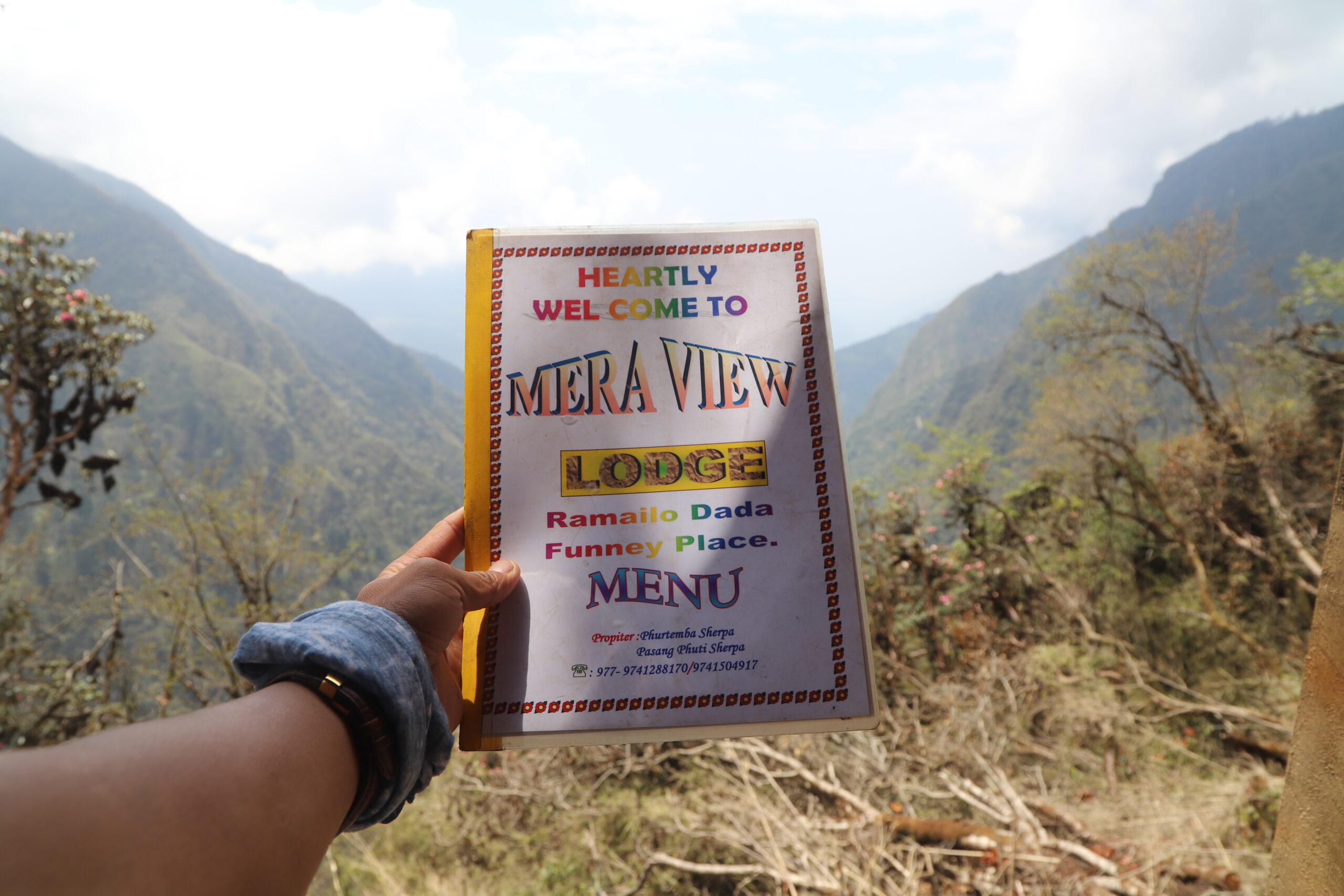
Ramailo danda – Appa PhotographyLeave Panggom and make your way towards Ramailo Danda. It is an upward ascent through a pristine rhododendron forest to Pankongma La (3174m), a mountain pass. We cross the Dudh Koshi River Valley and walk into the Hingku Valley. En route, we savor breathtaking views of Numbur Himal, Kongde, and Manju Peak. We stop briefly at Ningsow for lunch. Afterward, trek up and down to Ramailo Danda. From here we get our first view of Mera Peak.
Overnight at a teahouse in Ramailo Danda.
Trek to Chhatra Khola (2,800m/9,186ft) 4-5 hours trek
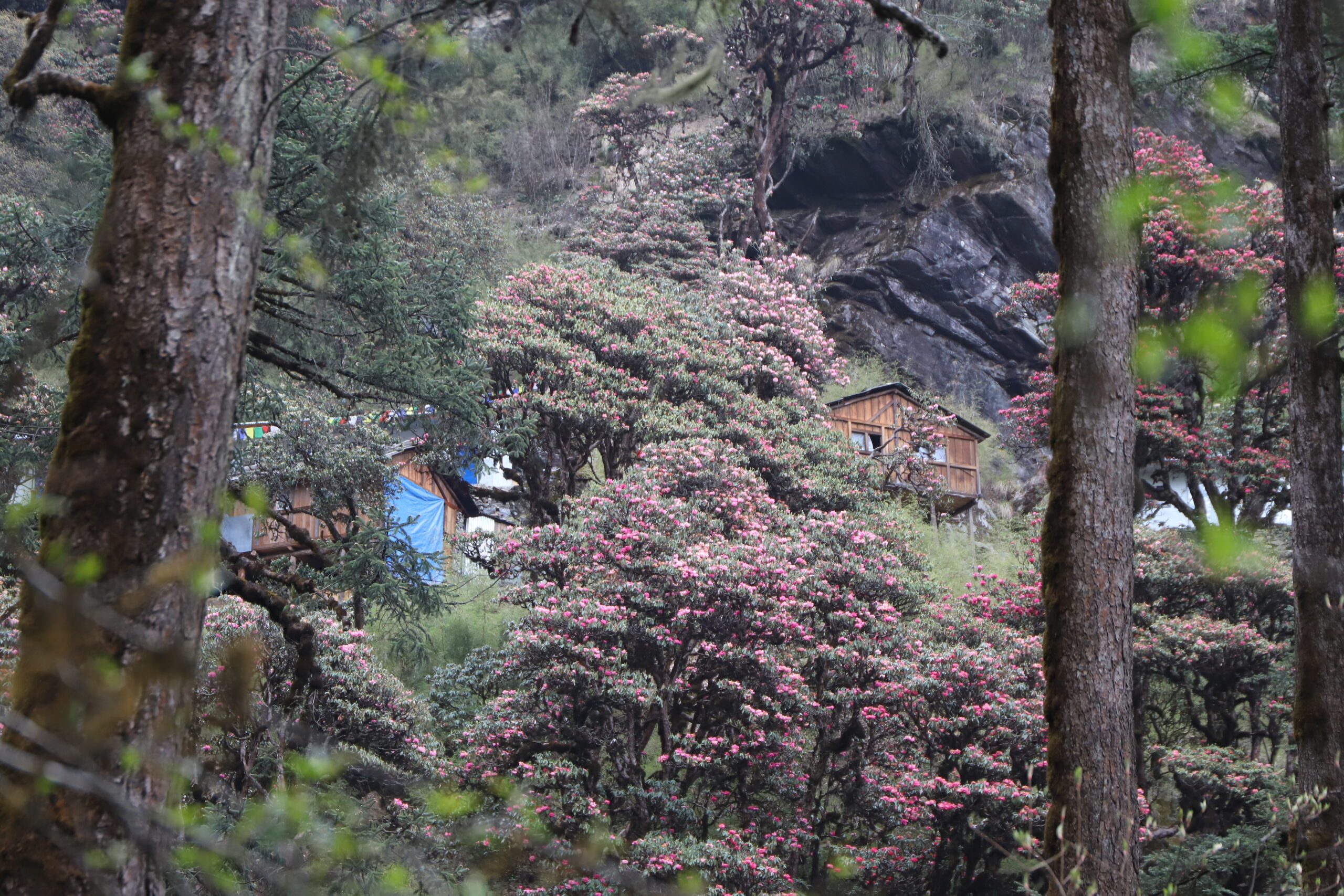
There are no human settlements or villages en route and the trail is wild and challenging. The park is home to Snow leopard, Red panda, Himalayan Tahr, musk deer, and many rare species of birds and plants. We stop at a quiet spot and have our packed lunch. Climbing stone staircases and walking past rocky paths we finally arrive at Chhatra Khola, our stop for the night.
Overnight at a teahouse in Chhatra Khola.
Trek to Kothe (3,691m/12,109ft) 6-7 hours trek
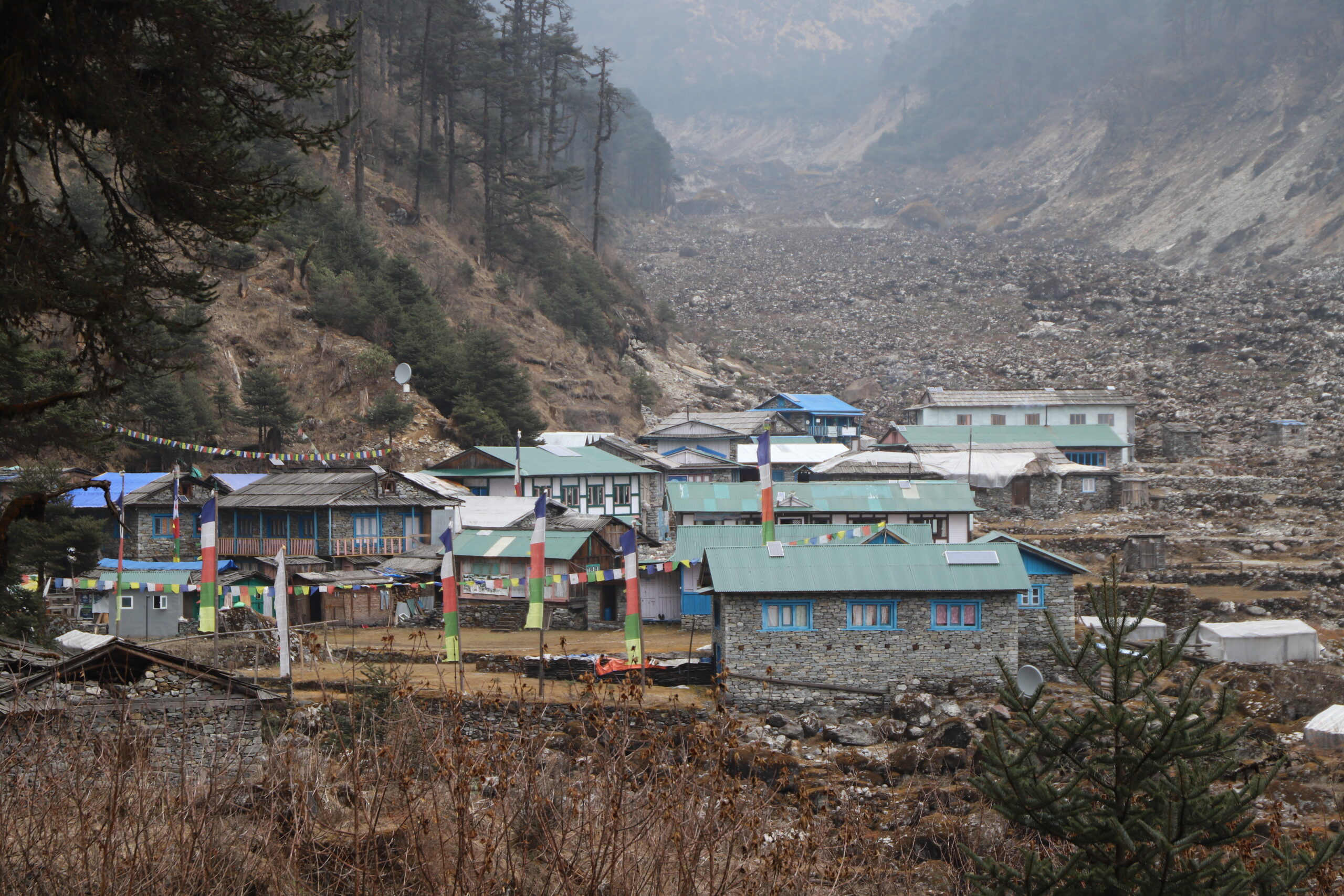
Taking the northward trail we walk past a thick bamboo forest and walk towards the Hinku Khola. We enter the Makalu Barun National Park and walk through a pristine trail. The park’s area stretches all the way to the Nepal-Tibet border. The Hinku Valley receives very few trekkers and chances are we may be the only group on the trail. A gradual up and down and after crossing a bridge before we finally arrive in Kothe.
Over-night at a teahouse in Kothe.
Trek to Thaknak (4,358m/14,297ft) 3-4 hours trek

After Kothe, we reach the Upper Hinku valley where the treeline disappears. There are no villages en route only ‘kharkas’ the summer camps of yak herders dot the landscape. Walk past Gondishung and Lungsumgba Gompa, a two-centuries-old Buddhist shrine. Lying underneath an enormous boulder, the local crew pay homage to deities burning incense.
En-route enjoy amazing views of Charpati Himal, Mera Peak, Kusum Kanguru, and Thamserku. After walking for about an hour we reach Thaknak, a summer camp of yak herders. Charpati Himal lies close to the teahouse and we can see the whole mountain.
Overnight at a teahouse in Thaknak.
Trek to Khare (5,045m/16,486ft) 2-3 hours
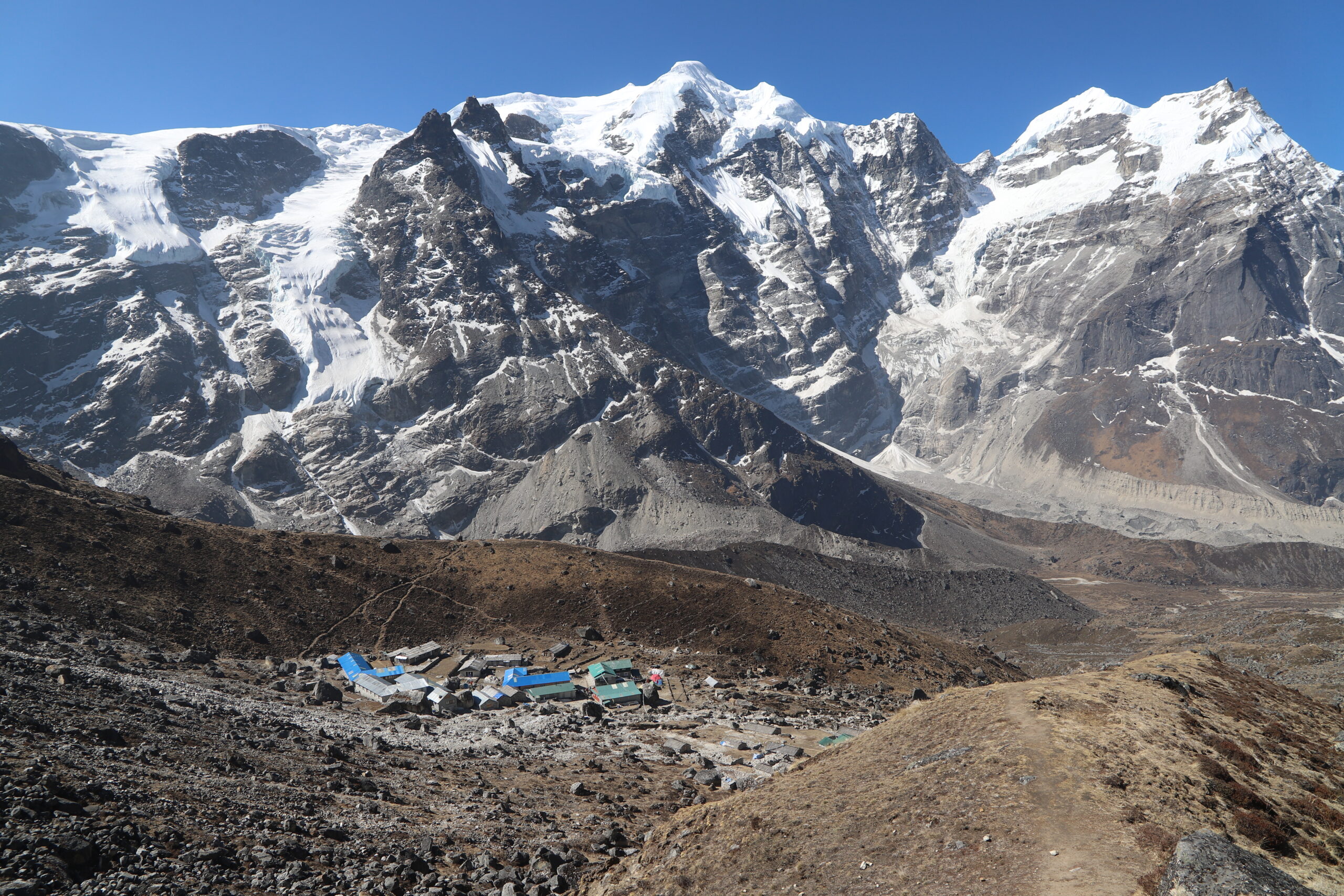
Today’s walk involves an ascent to the Dig Glacier and the Charpati Tal, a mountain lake. With stunning views of the Kyeshar glacier, Mera Peak, and Charpati Himal we walk down to Dig Kharka. A tough crossing of the Hinku Nup and Shar glaciers brings us to Khare. Khare lies at the bottom of Mera Peak and is also known as Mera Peak Base Camp. We climb Mera Peak from here.
Over-night at a teahouse in Khare.
Acclimatization Day in Khare and Pre-Climb Training
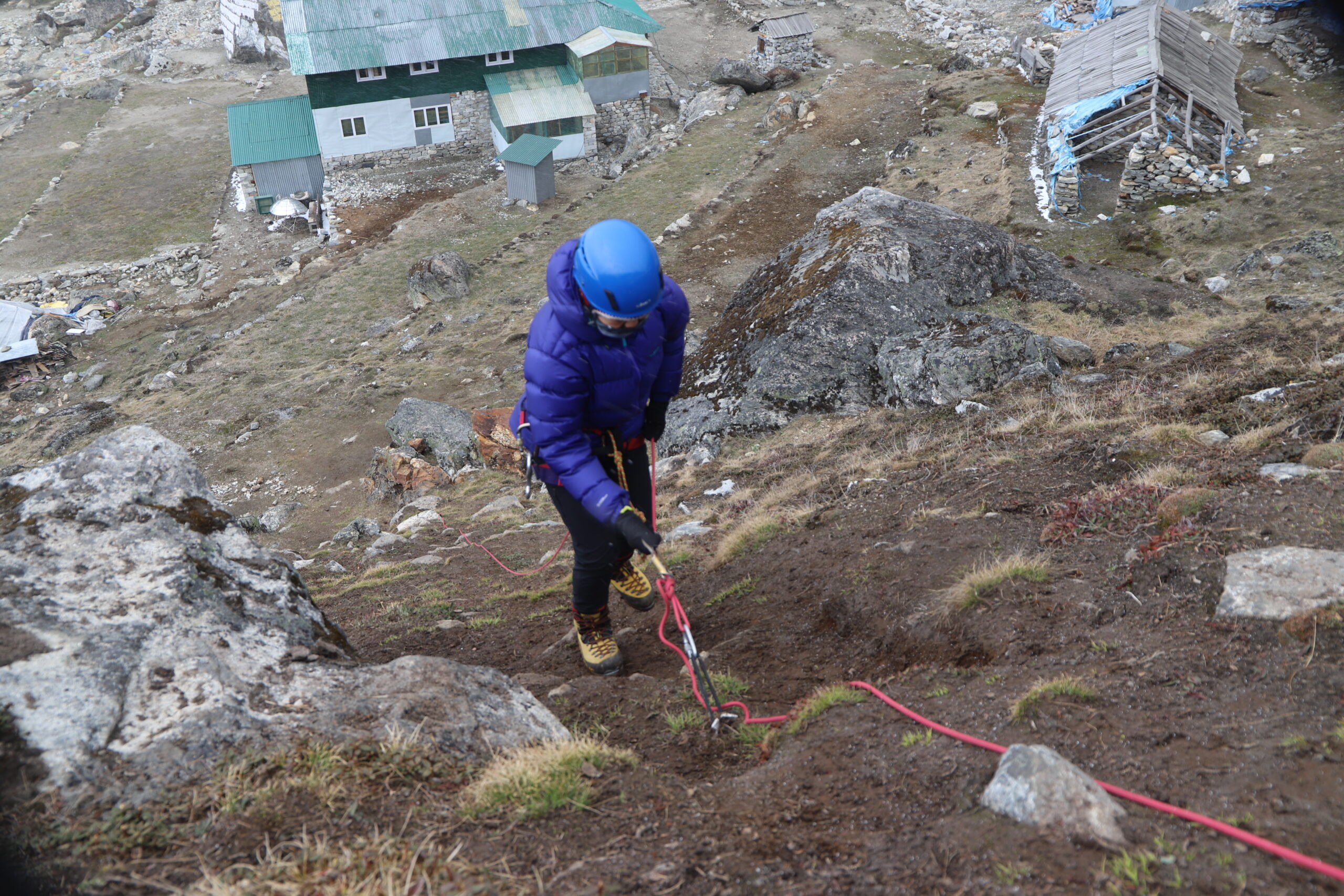
Today you will spend your time acclimatizing and practicing your climbing moves at the pre-climb training camp. Our Sherpa climbing guides will teach you how to properly use climbing equipment like jumar, carabiner, belay device, ice axe, harness, etc. They will teach you the basic and safe techniques to scale an incline using a rope and harness.
This training is valuable and helpful if you are a novice climber. A final gear and equipment check will be followed by final packing for the summit push. Please keep in mind climbing boots of size 12 and greater are not readily available in Nepal. If your shoe size is 12 or 12 plus you need to bring it with you from your home country.
Over-night at a teahouse in Khare.
Trek to Mera High Camp (5,780m/18,958ft) 5-6 hours trek
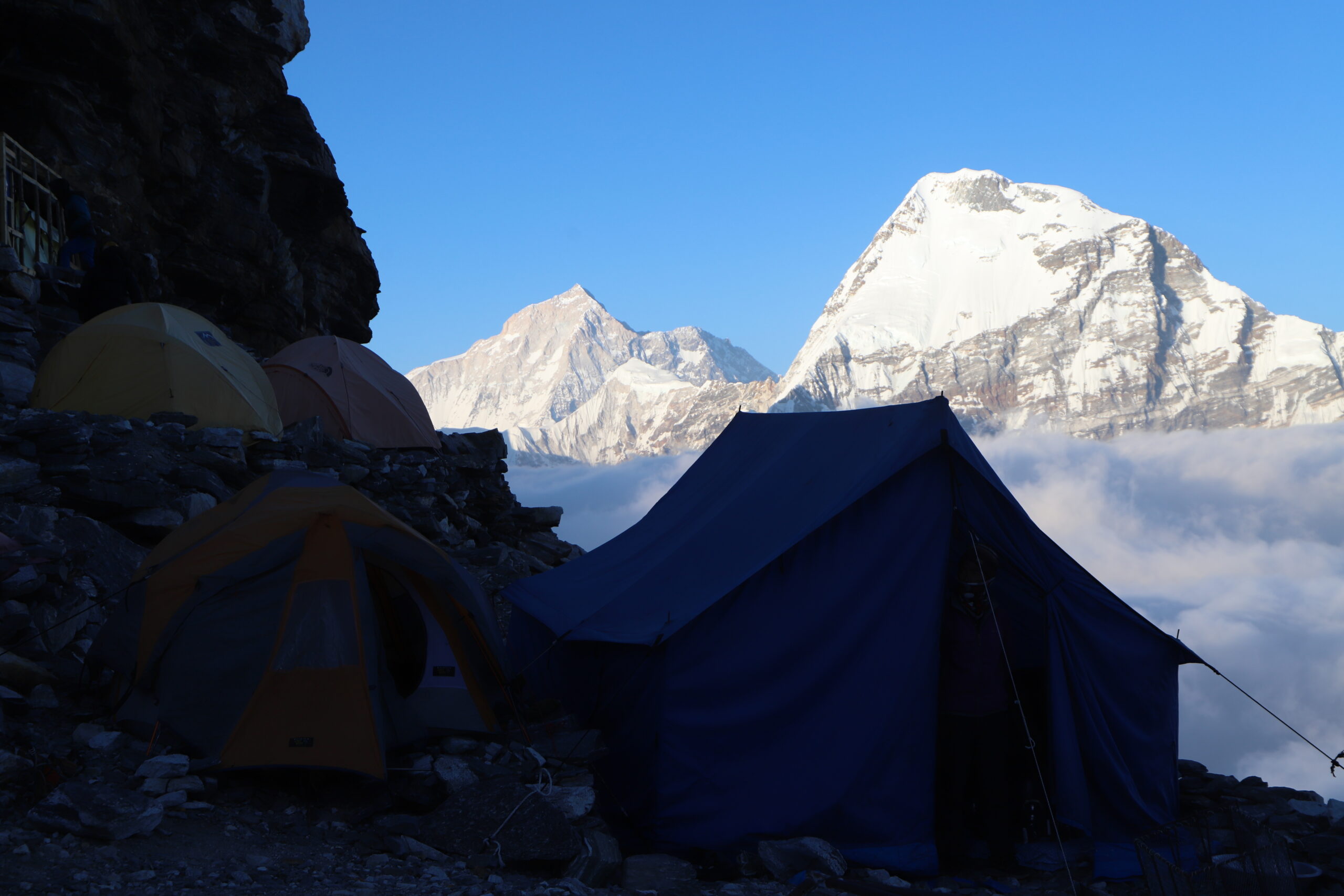
Take the steep and rocky path to Mera La. The three summits of Mera Peak – Mera North(6476m), Mera Central(6461m), and Mera South(6065m) – gleam invitingly. We will be climbing the summit of Mera Central. Crossing the Mera glacier we reach Mera Peak high camp. It is an easy hike up a slope with no technical climbing involved.
On reaching Mera High Camp, the crew serves us hot drinks. Enjoy views of five of the fourteen highest peaks in the world- Mount Everest (8848m), Lhotse (8516m), Makalu(8485m), Cho Oyu(8188m), and Kanchenjunga (8586m). Chamlang (7319m), Gaurishanker (7134m), and Baruntse (7129m) also appear close. A single sleeping tent will be given to each climber. Food will be prepared by the local crew in a kitchen tent.
Over-night at a tented camp in Mera High Camp.
Summit Mera Peak (6,461m/21,1907ft) and trek to Kongma Dingma (4850m/ 15,912ft)
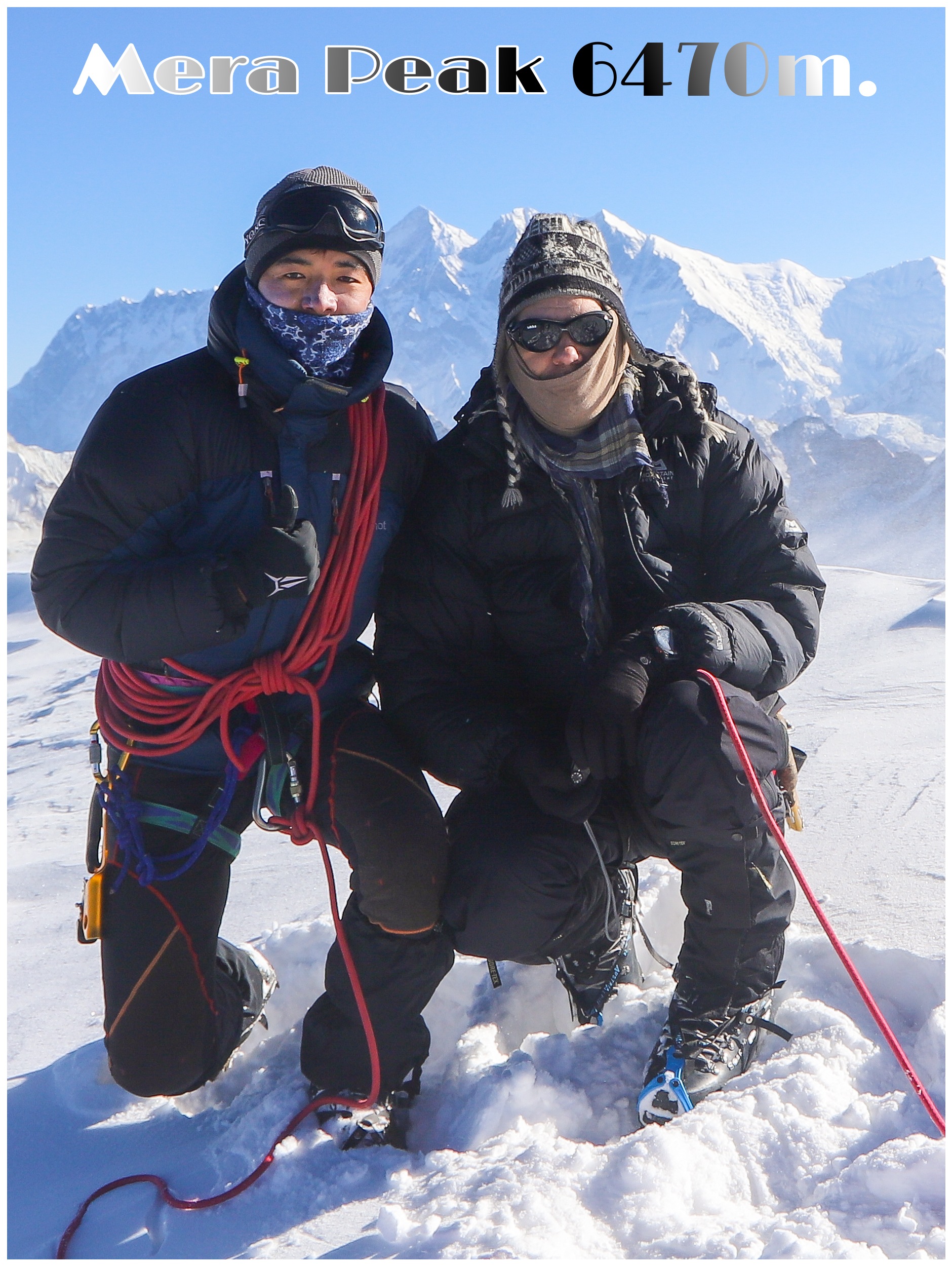
At 2 AM we prepare for the final summit push. After breakfast, we head out and rope up. A man-rope will secure our group. Hike up the glacier in a single file. No technical climbing is required in this section. The thin air and cold are the only factors that make the ascent difficult. Above 5000 meters we struggle to breathe properly and taking a step forward takes a lot of effort.
The last 40-50 meters to the summit is the most challenging portion. It is a steep incline and fixed rope and jumars are used to climb to the summit. By 9 or 10 AM we reach the summit. Amazing views of Mount Everest (8848m), Makalu (8481m), Kanchenjunga (8586m), Cho Oyu (8201m), Lhotse(8516m), and other peaks surround us.
After spending 5 or 10 minutes savoring the victory and taking pictures we head down via the same route. We reach Mera High Camp have some refreshment. Later we hike down to make a quick descent to Mera – la. Then, we head east. Taking a downward trail we reach Kongma Dingma where we rest for the night.
Over-night at a tented camp in Kongma Dingma.
Rest Day at Kongma Dingma (4850m/ 15,912ft)
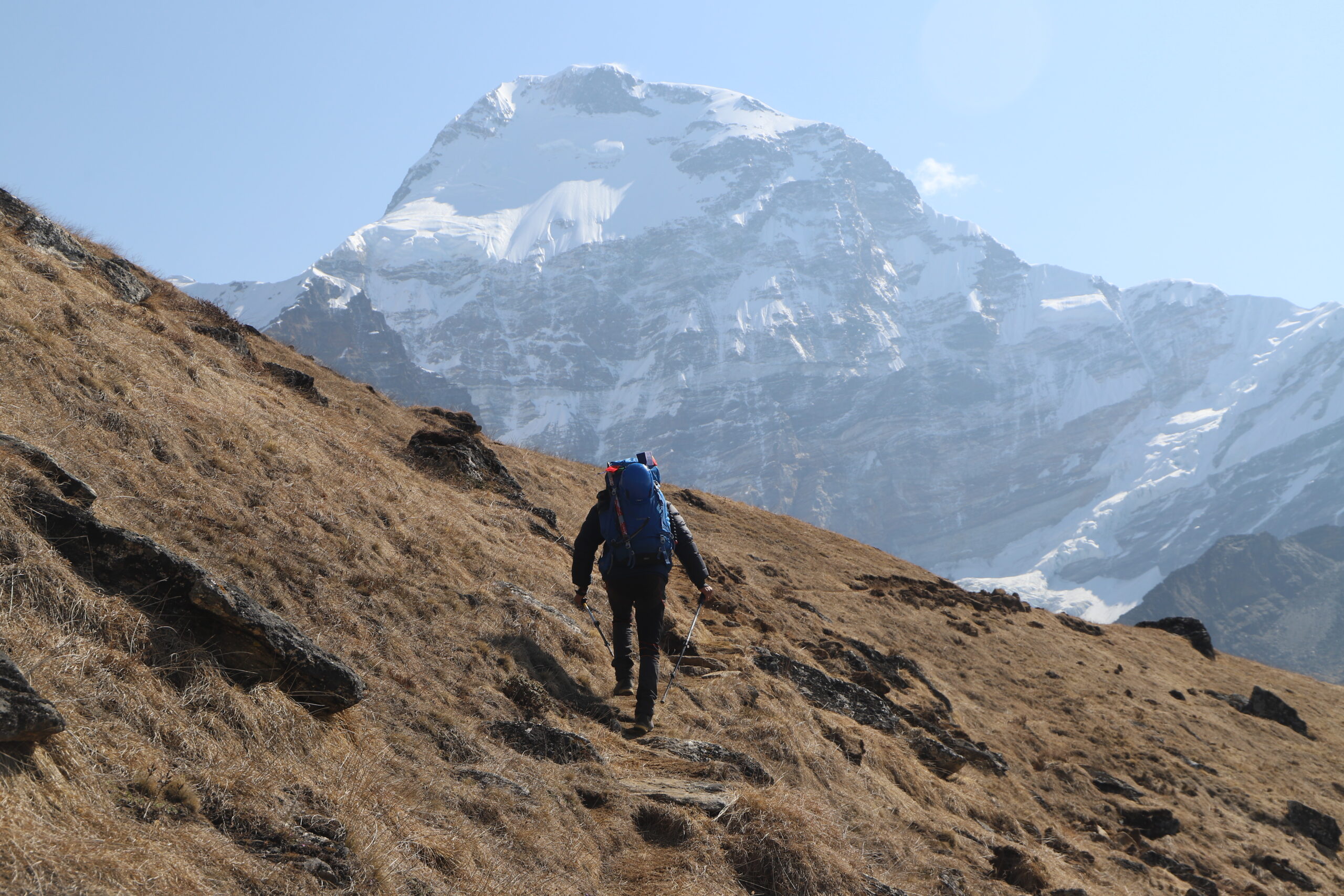
An extra day to rewind, relax and recharge your energy for the crossing of Amphu Lapcha.
Overnight at a tented camp in Kongma Dingma.
Trek to Seto Pokhari (5035m/16,520ft)
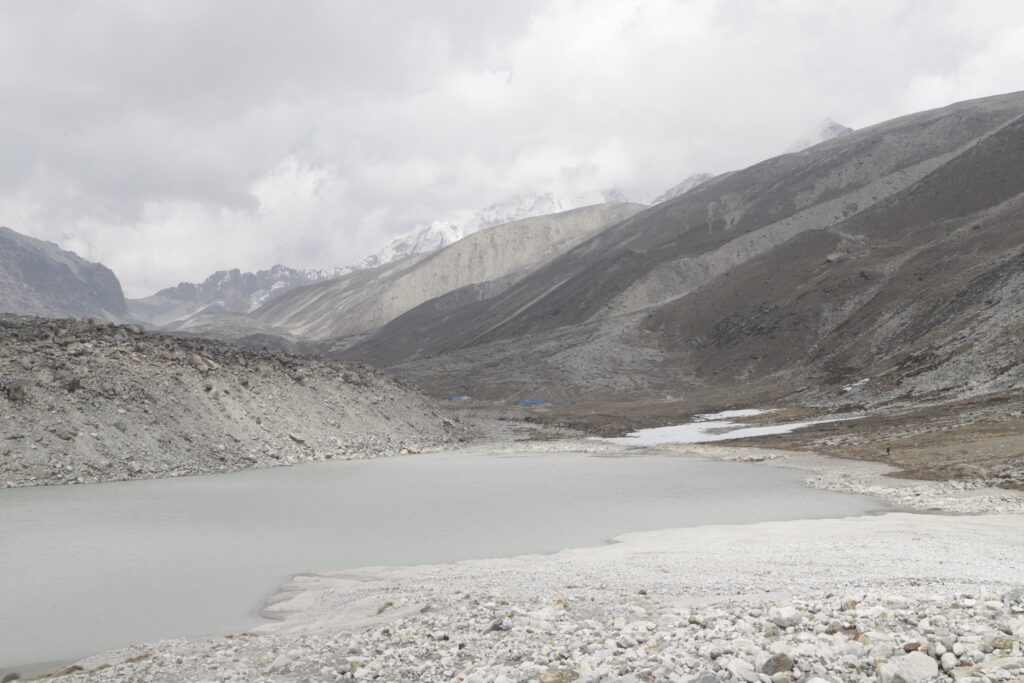
Leaving Kongma Dingma we walk past yak pastures and summer camps of yak herders. We proceed towards Seto Pokhari enjoying captivating views of Baruntse and Chamlang Himal.
Overnight at a tented camp in Seto Pokhari.
Trek to Amphu Lapcha Base Camp South (5,650m/18,538ft) 5-6 hours trek
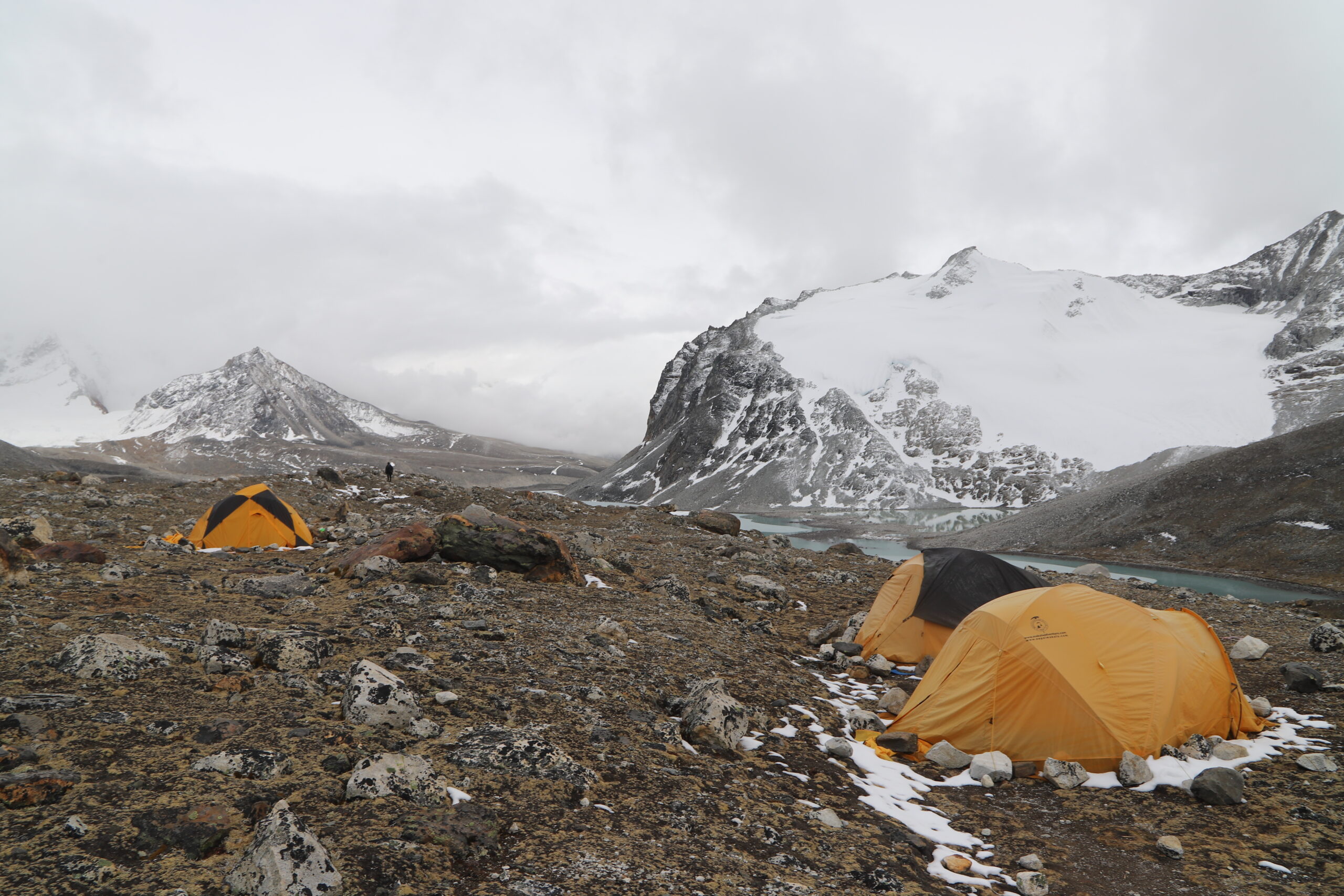
Climbing up a snowy moraine we reach the beautiful Seto Pokhari, a glacial lake. Head to Amphu Lapcha Base Camp enjoying views of Mount Everest and lakes along the Hongu basin. A walk past the Hongu Pokhari above the Hongu valley brings us finally to the Amphu Lapcha Base Camp.
Overnight at a tented Camp in Amphu Lapcha Base Camp.
Cross Amphu Lapcha (5,845m/19,177 ft) and trek to Island Peak Base Camp 5,200m/17,061ft 9 hours trek

After leaving the base camp you make your way across a snowy trail to Amphu Lapcha Pass. You are in the dramatic Upper Hongu Valley which is one of the wildest areas in the Everest Region. Cold, Harsh, and challenging, no human settlements are found at this place.
After walking for about 4 to 5 hours you arrive at the pass. The pass looks stunning but daunting. Covered with ice shelves and serac cliffs, it is a steep incline and you use fixed rope, jumar, and ice axe to ascend the pass. This is one of the most difficult sections of your trip. The top is a narrow ridge filled with rocks. You get down using a fixed rope again. A walk through the Imja Glacier brings you to the Imja Tsho Lake in the Imja Valley. From here climb up a rocky moraine and head to Island peak Base Camp.
Over-night at a tented camp in Island Peak Base Camp.
Rest day at Island Peak Base Camp (5,200m/17,061ft)
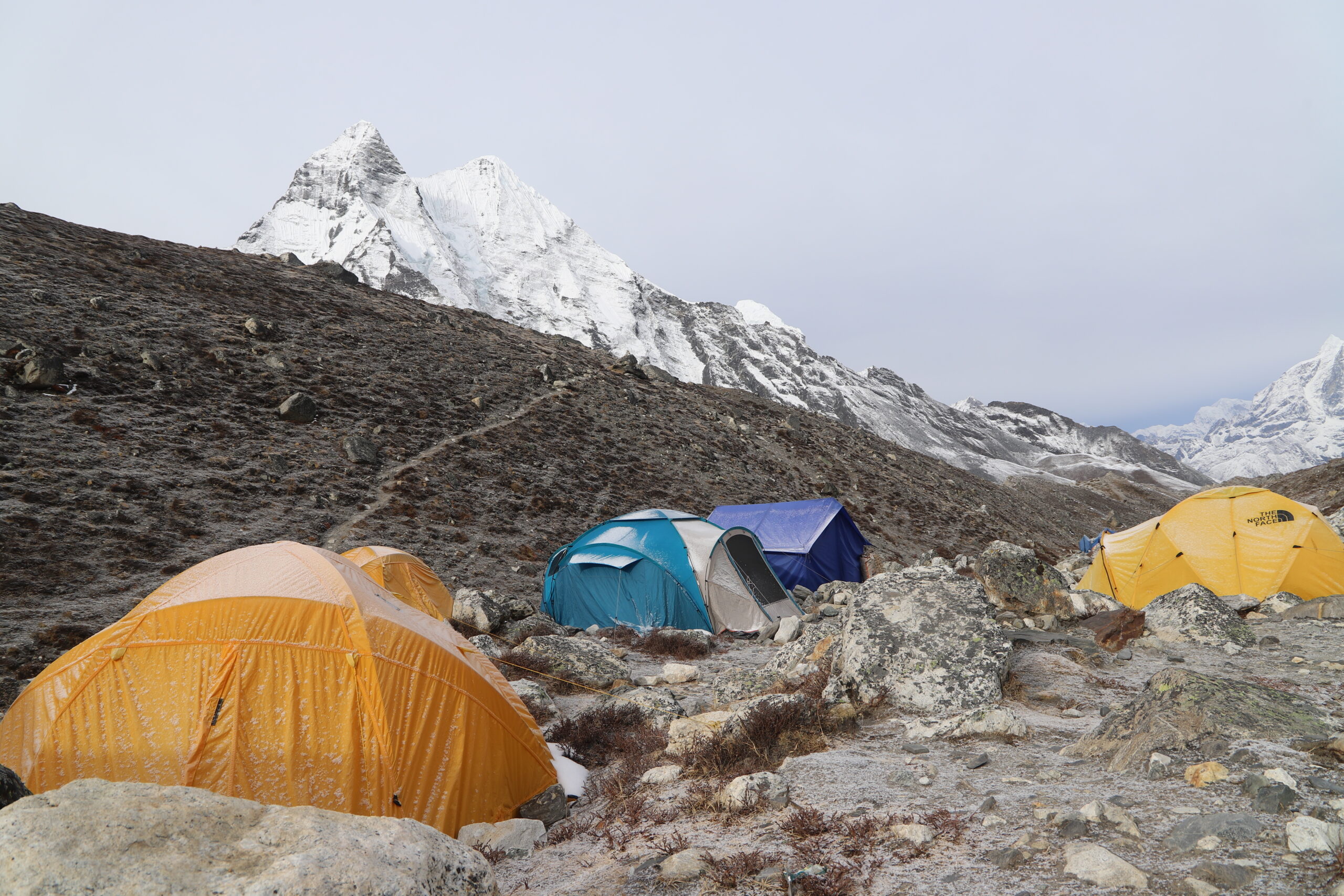
The crossing of the Amphu Lapcha pass is grueling and leaves you exhausted. Rest and get your energy back. There will be checking of gear and equipment before the summit push. Have an early night for the big day tomorrow.
Over-night at a tented camp in Base Camp.
Summit Island Peak (6,189m/20,306ft) and trek to Chukkung (4,730m/15,519ft)
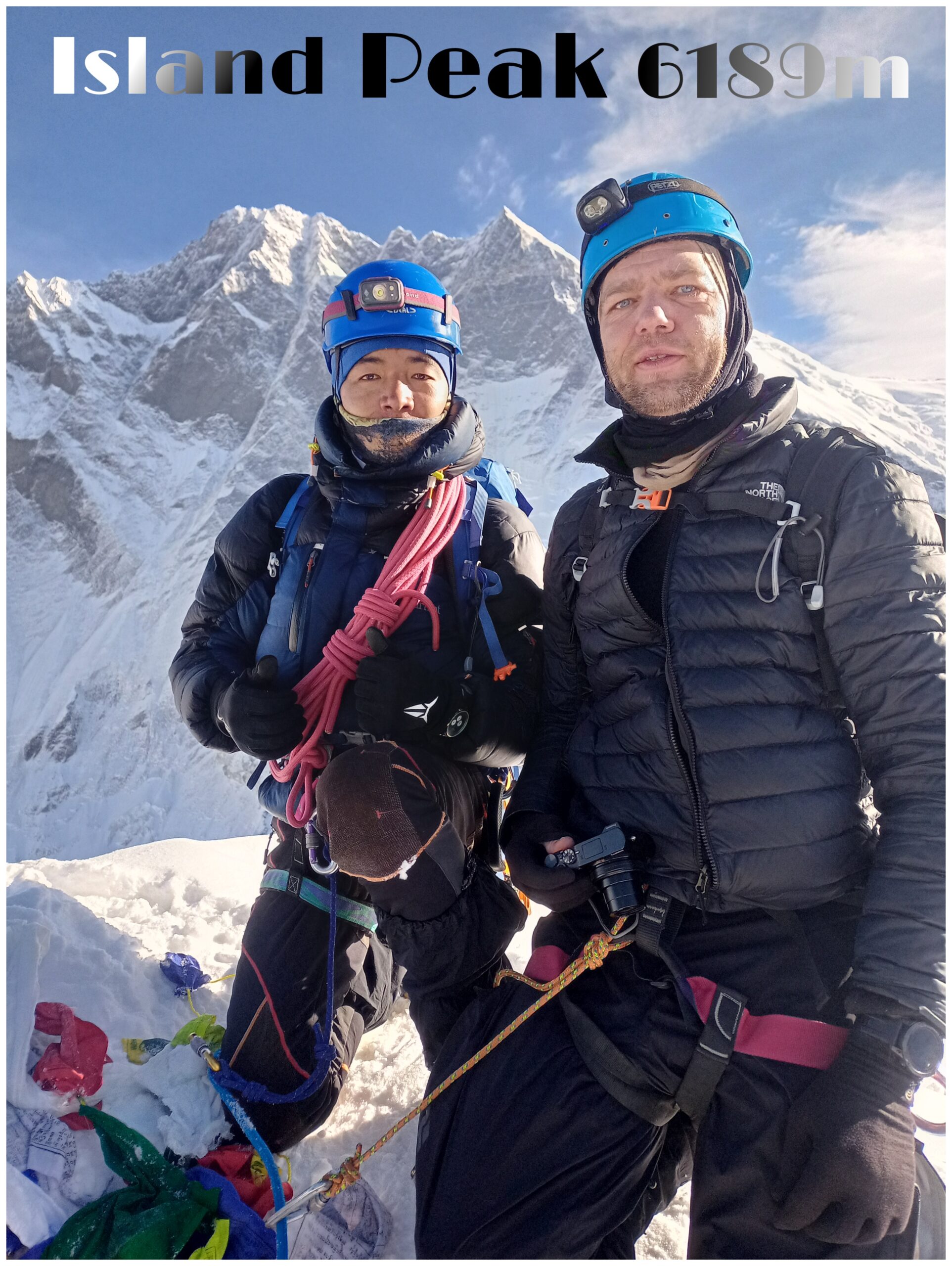
After breakfast, we carry your pack and head out at 1 AM. Our daypack consists of snacks, camera, packed lunch, water, and any memento we want to leave at the summit.
After ascending a rocky path you reach High Camp. Continue on a slope for about 3 hours to reach Crampon Point, the place where we put on our crampons as the trail becomes icy and snowy. We move ahead on a frozen trail in a group. From 5700m onwards the group will be secured by a man-rope. Walking on a narrow ridge brings us to the base of Imja Glacier. The sunrise over the Makalu, Ama Dablam, Baruntse, and Chamlang look stunning. As the slope is at an angle of 45 to 50 degrees the ascent is not that technical. The guides fix the ropes at the glacier.
As we near the summit Lhotse appears very close. Lhotse hides the summit of Everest, so Mount Everest is not visible from Island Peak. The climb up a vertical wall using fixed rope before reaching the summit is the toughest part. We ascend the anchor points and cross crevasses using ladders.
Holding on to the fixed rope and we walk along the ridgeline to the summit. The views are amazing. We have done it! At the summit, we take pictures and return via the same route. The descent is long and exhausting. We need to be extra careful as most of the accidents at Island Peak happen during descents. On reaching Base Camp we take rest and celebrate our victory. Later in the day, we hike down to Chukkung.
Over-night at a teahouse in Chukkung.
Trek to Pangboche
After the hard couple of days over the two high hidden pass in between the massif peaks, our route from here leads to a pleasant walk on the downhill slope to Dingboche then Pangboche village. After two hours of easy walk brings us at Dingboche village. Dingboche is a beautiful patchwork of field enclosed by stone walls, protecting the crops of barley, buckwheat and potatoes from the cold winds and grazing animals. Dingboche has about more than ten teahouses and it is also the gateway to Chhukung and farther beyond for the most challenging traverses towards Makalu area and Hinko Valley. From Dingboche a gentle walk leads towards the Imjatse River with excellent views of Ama Dablam, Kangtenga and Tawoche peaks the trail leads to a small wooden bridge, from the bridge an easy walk to Pangboche village. Staying at over night here or option for heading to Tyangbuche.
Trek to Namche (3,438m/11,280ft) 7-8 hours trek
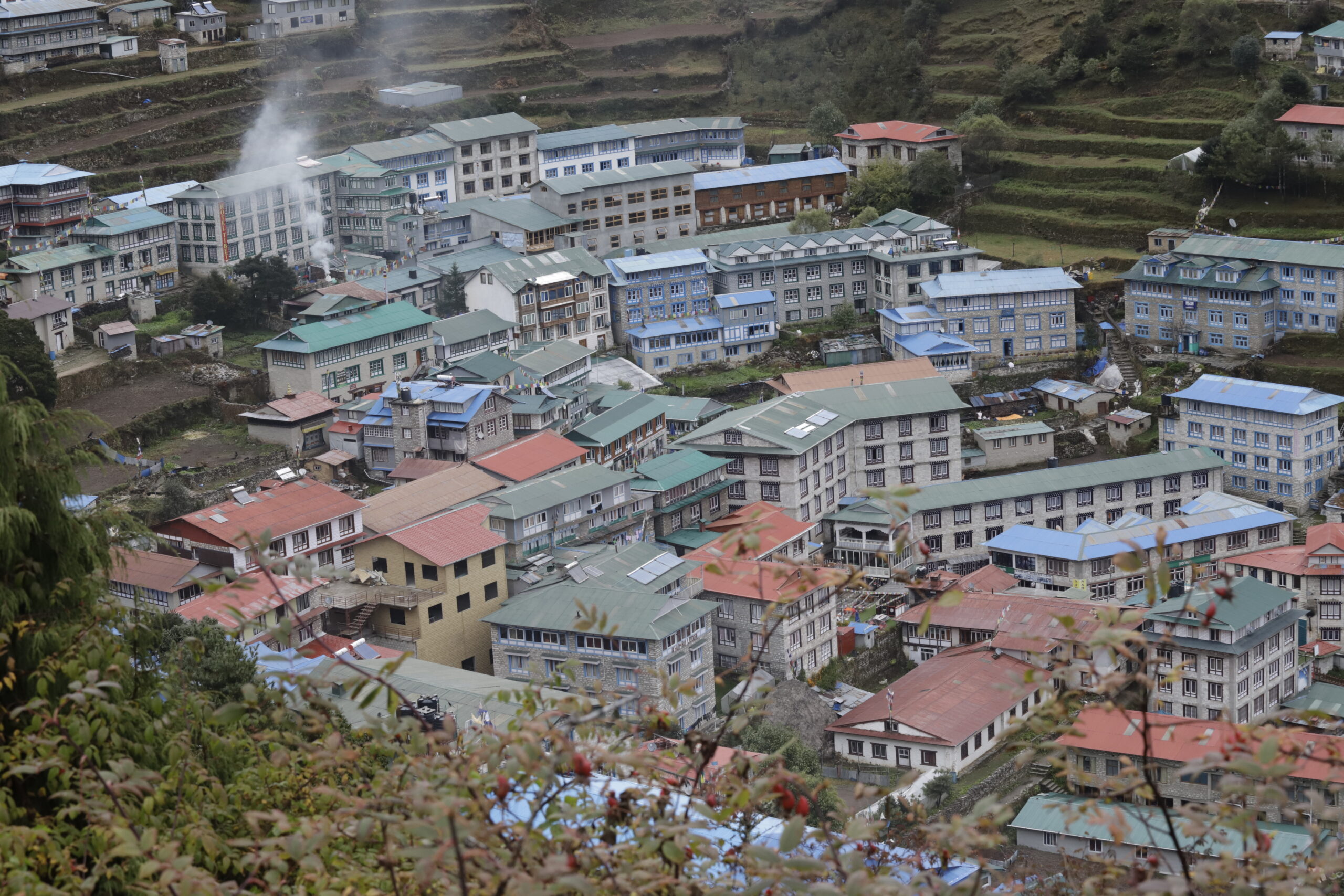
Cross the Chukkung glacier and walk down to the Dudh Koshi River valley. Walk past Dingboche and descend to the Imja Khola(river). After crossing the river an upward trail brings you to the Sherpa village of Pangboche.
Leaving Pangboche you climb down a path filled with amazing alpine scenery and views of Ama Dablam. Cross the village of Debuche and arrive at the small settlement of Tengboche. Spend some time exploring the village and visit the magnificent Tengboche Monastery. This is the oldest and the most important monastery in the Khumbu Region. Later take the trail to Namche. After you arrive in Namche you can enjoy a hot shower and a good meal of your choice.
Over-night at a teahouse in Namche.
Trek to Lukla (2,800m/9,187ft) 6-7 hours trek
 Crossing the metal bridges covered with prayer flags and pine forests you descend to Lukla. Walk past the village of Monjo and the gate of the Sagarmatha National Park. An easy descent via the village of Phakding brings you once again to Lukla. Celebrations follow and you spend a joyous evening with the local crew celebrating your achievement.
Crossing the metal bridges covered with prayer flags and pine forests you descend to Lukla. Walk past the village of Monjo and the gate of the Sagarmatha National Park. An easy descent via the village of Phakding brings you once again to Lukla. Celebrations follow and you spend a joyous evening with the local crew celebrating your achievement.
Over-night at a teahouse in Lukla.
Fly to Kathmandu (1,400m/4,593ft)
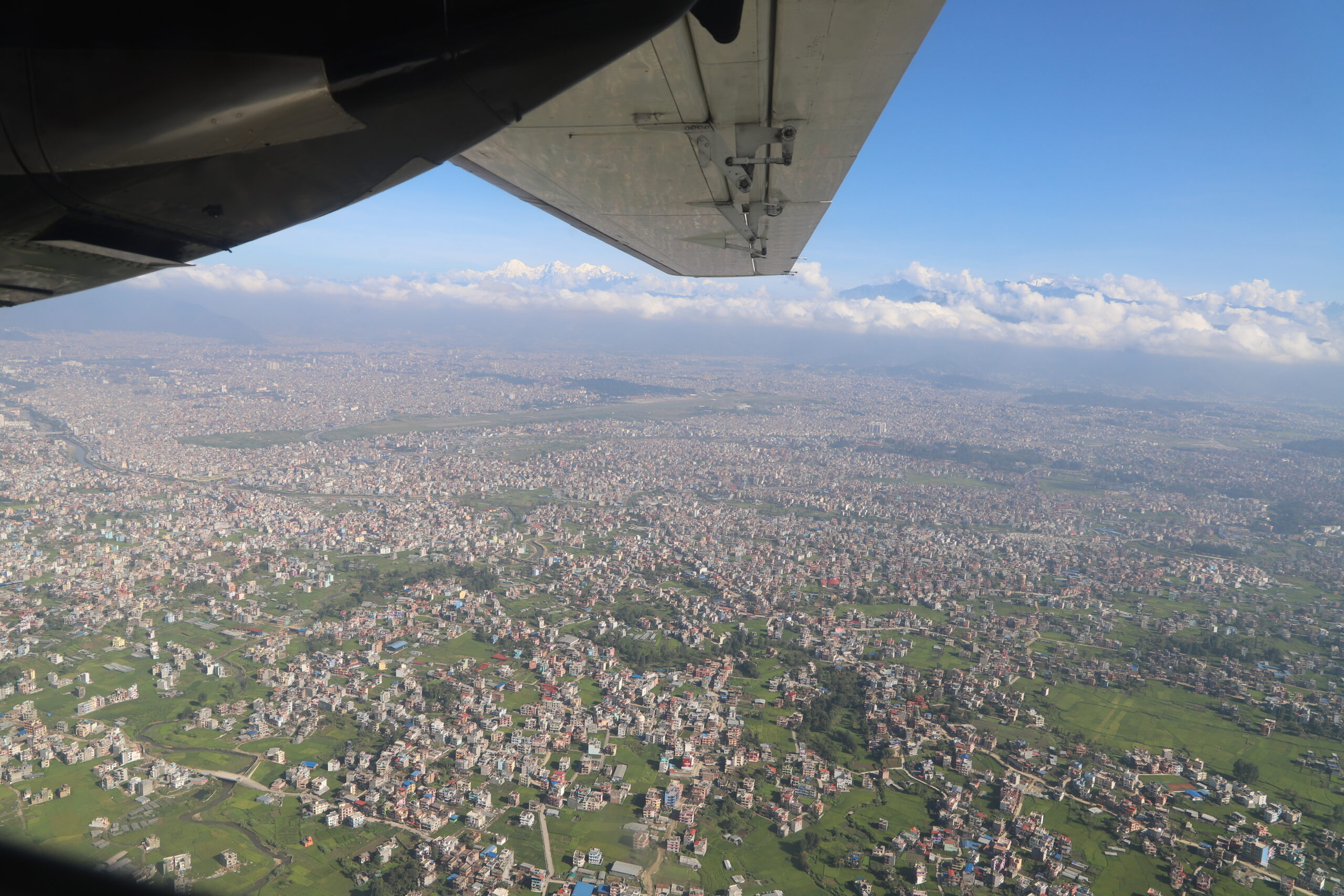
Flight Duration: 35 minutes
Bid goodbye to the mountains and fly to Kathmandu. Once you reach Kathmandu, check-in at your hotel and take a rest. Evening or late afternoon you can explore Thamel by yourself and shop for souvenirs.
Final Departure from Kathmandu
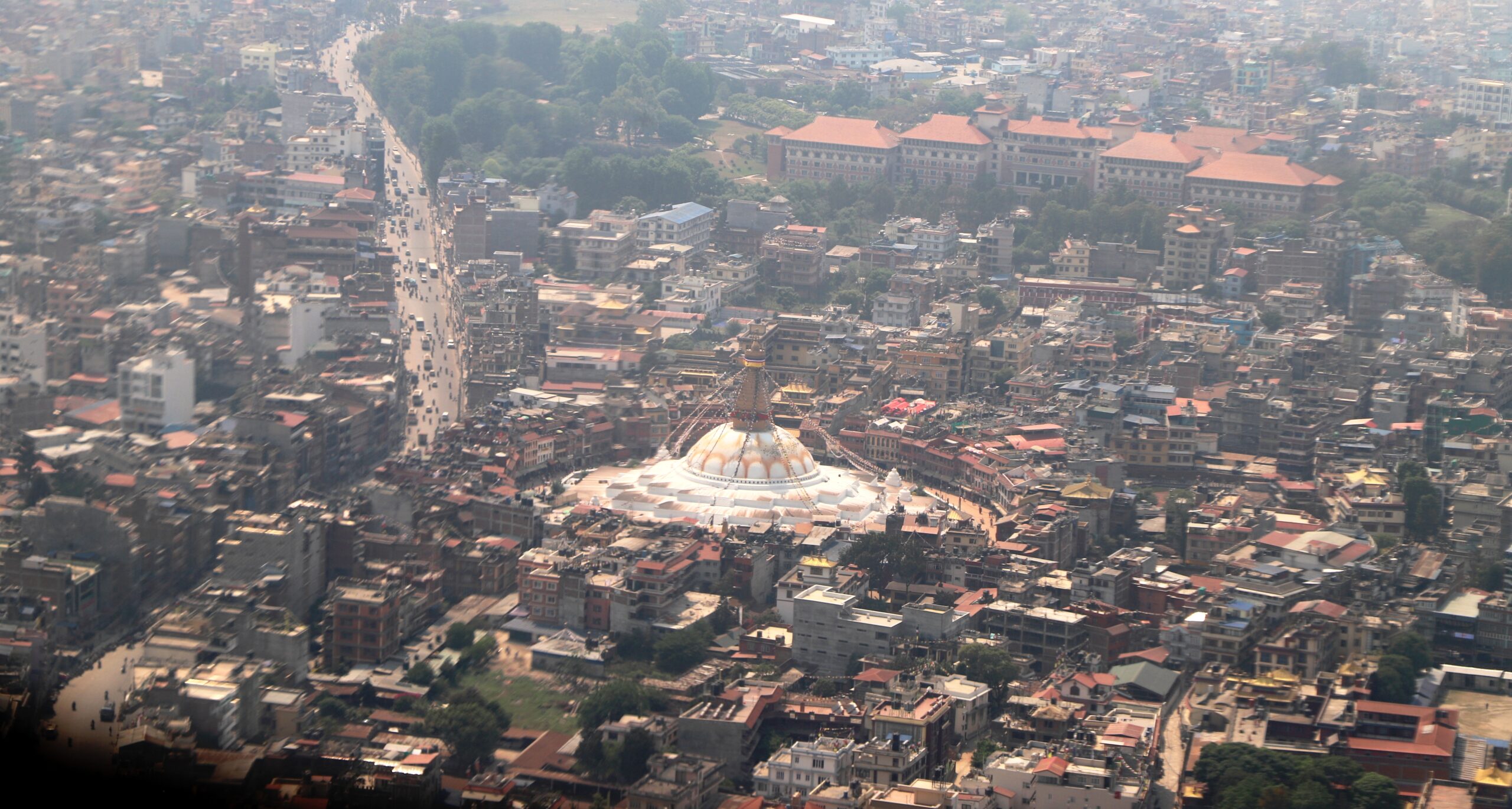 We will drop you at the international airport well on time (3 hours before departure) to catch your flight. If you wish to explore more of the Himalayas do get in touch with us. We will be more than happy to organize a trip for you.
We will drop you at the international airport well on time (3 hours before departure) to catch your flight. If you wish to explore more of the Himalayas do get in touch with us. We will be more than happy to organize a trip for you.Mera Climbing Route & Best Time
The standard route of Mera peak climbing in Nepal is via the North face, it is relatively even for beginner climbers. It is a nice way to experience an expedition in Nepal. This north face climbing route involves crossing a high altitude glacier which means that snow conditions are crucial for safety and a chance for a successful summit. The summit day is long and strenuous; hence a high level of fitness is required for a safe and successful ascent. September-December & March to June is the best climbing periods to climb. Due to its long climbing season, relatively easy route and spectacular scenery from its summit, Mera Peak is a very popular objective for many commercial expeditions in Nepal. At the same time due to its remoteness a Mera peak expedition offers a relatively private climbing experience in Nepal.
Spring (March, April, May) and autumn (September, October November) are the most favorable seasons for Mera peak climbing Nepal. Nature Trail may operate the trip even in winter season if some climbers are interested in taking on that challenge. After a 35 minute mountain flight you will arrive in Lukla. The following day you will begin trekking to Mera Peak via the Hinku valley. Most of the time “Nature Trail” will go directly up to high camp at Khare, however we also established Mera La base camp at an elevation of 5400 meters for those climbers who do not have previous experience or could not move faster for some reason.
Why to climb with Nature Trail Trekking and Expeditions?
Nature Trail organizes a climbing training course which covers various aspects of climbing techniques and skills, glacier travel, ascending and descending fixed rope to ensure that our clients have the necessary climbing skills and confidence before setting out for the himalayan adventure. Mera high camps are usually fixed at an elevation of 5800 meters behind a large vertical rock wall. The summit day starts early in morning around 1:00-2:00AM. Nature Trail has a 99% of summit success rate on this peak and we ensure 99% safe practices from our staff. The mera peak climbing cost offering by NTT is very competitive in the mountaineering business with nominal service charge. Our professional climbing team can modify the Mera peak climbing itinerary if necessary to change according to the field situation. The summit plan and practice tends to the pre-given itinerary but if necessary it can be changed.

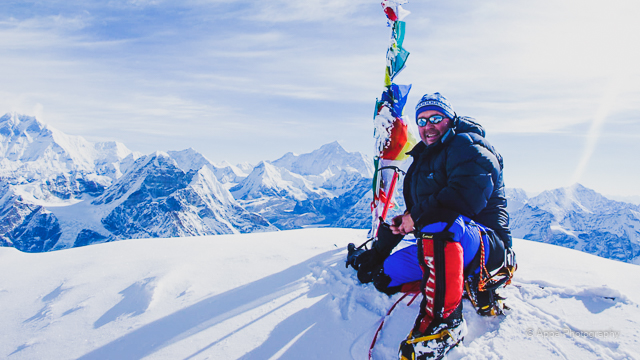
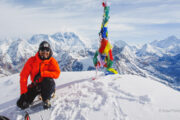
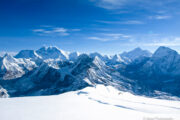
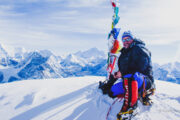
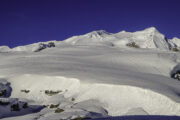
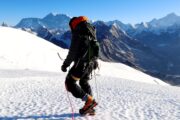
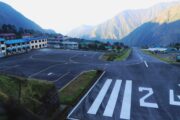
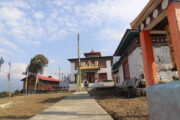
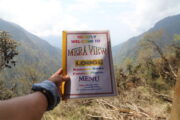
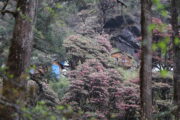
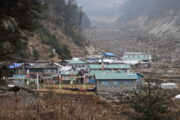
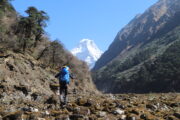
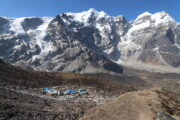
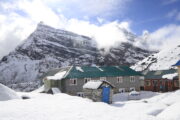
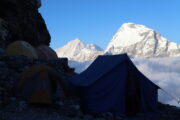
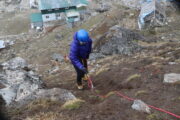
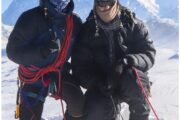
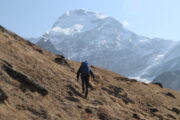
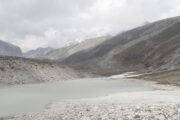
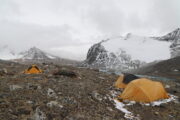
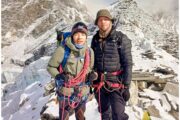
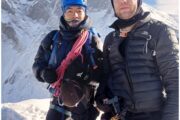
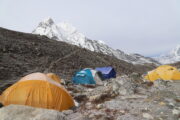
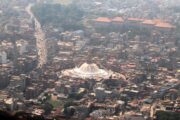
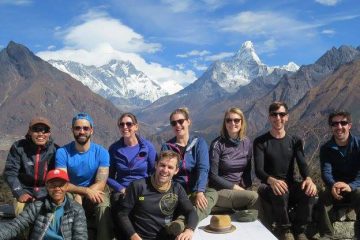
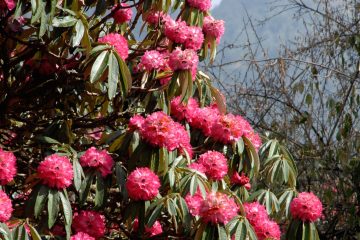
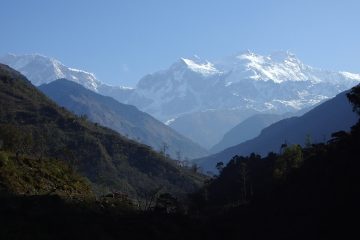
Tour Reviews
There are no reviews yet.
Leave a Review